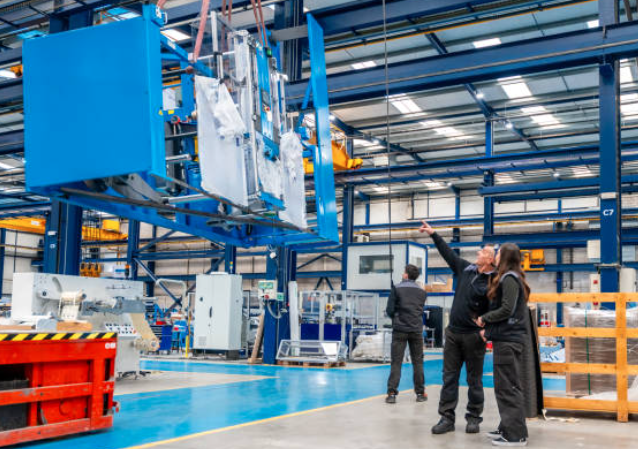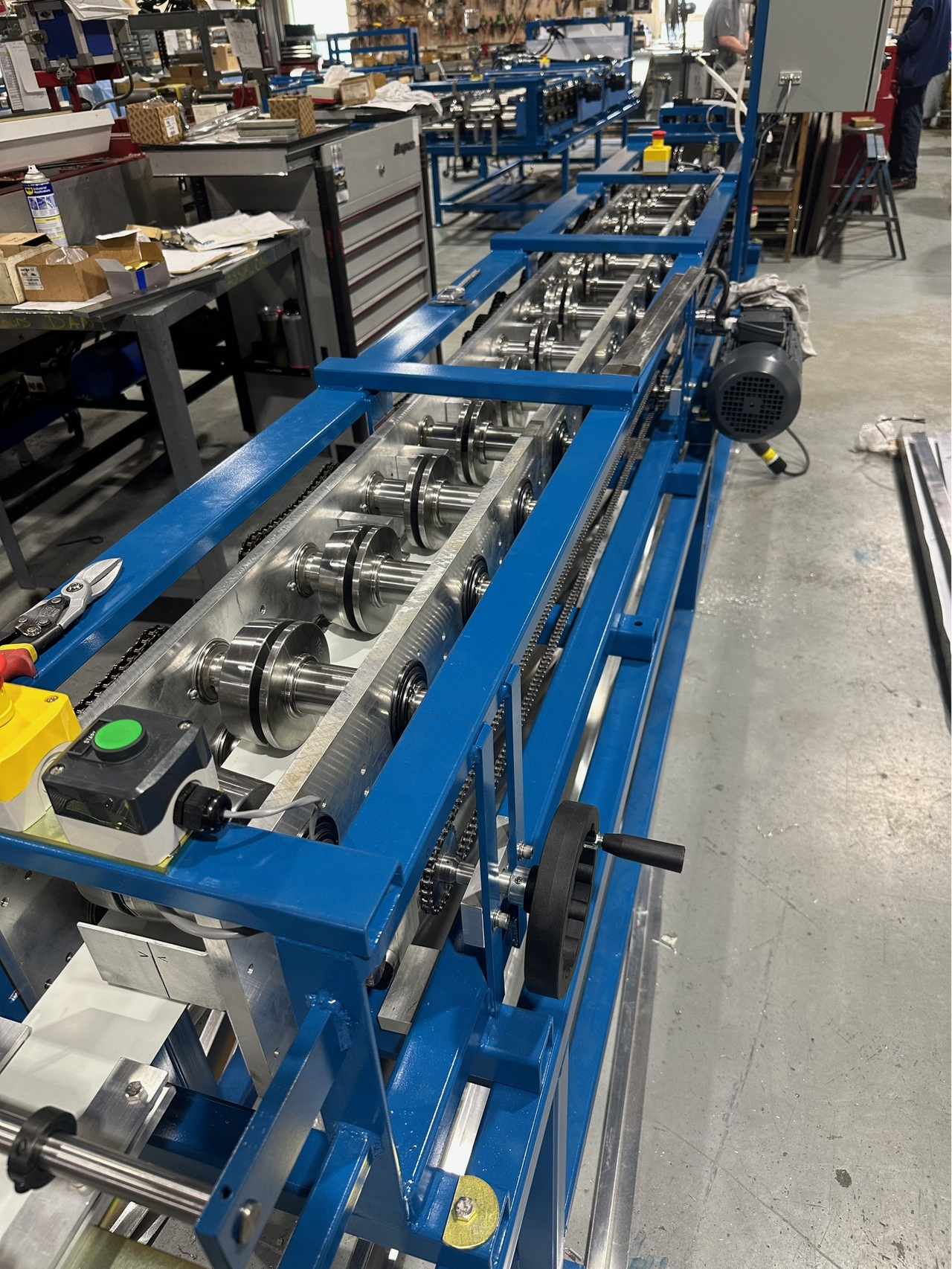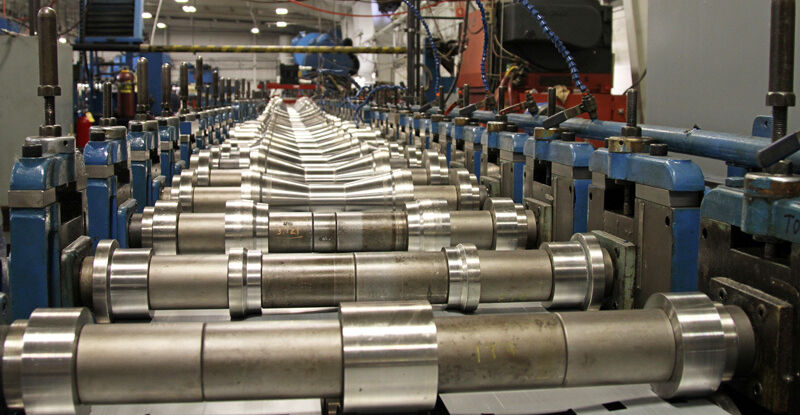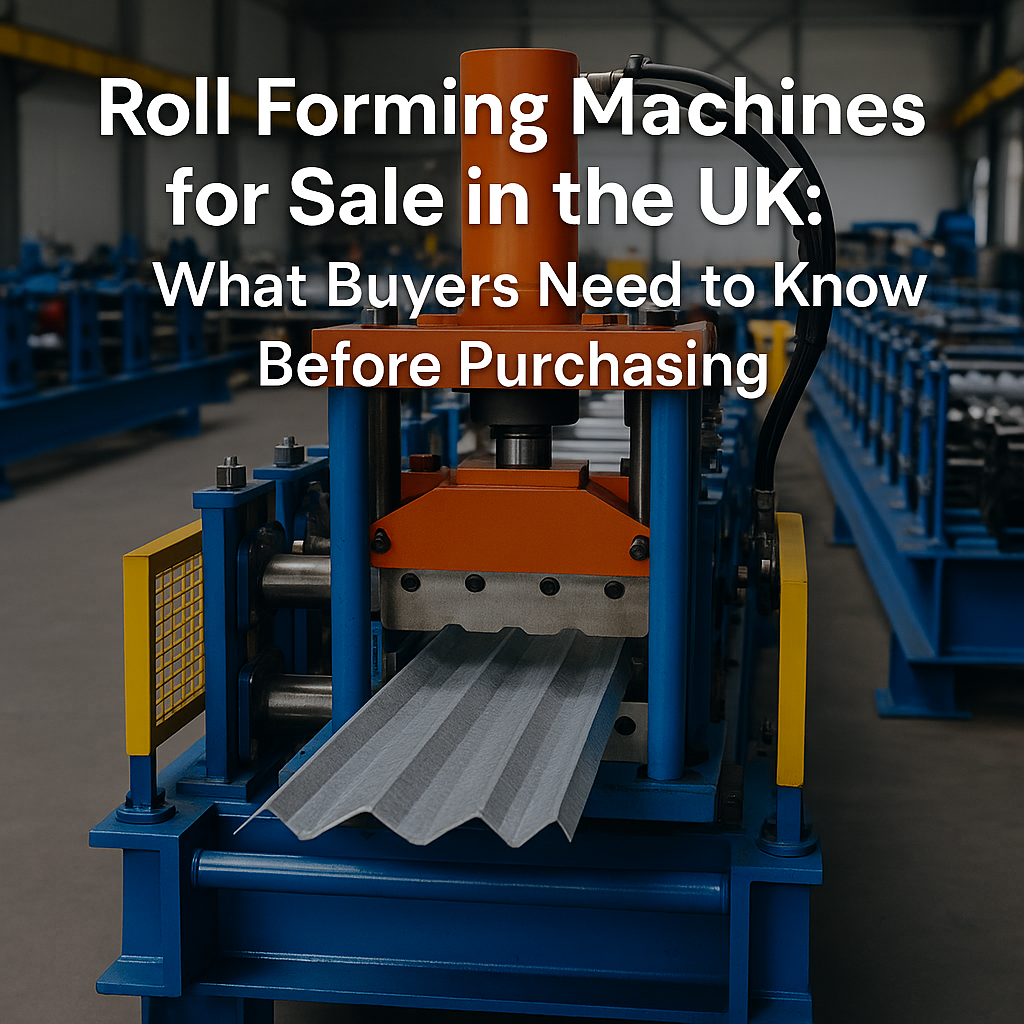Repositioning a roll forming machine requires careful planning and execution to avoid damaging the equipment and ensure safety.
1. Preparation
- Disconnect Power and Utilities: Turn off all power sources, including electricity, air, and hydraulic lines. Ensure the machine is fully powered down before any movement.
- Clear the Area: Remove any obstacles around the machine and clear the path to the new location.
- Inspect the Machine: Ensure that the machine is in good condition for moving. Check for loose components and secure them to prevent damage during transit.
- Gather Equipment: Depending on the size and weight of the machine, you may need forklifts, hoists, cranes, or specialized moving equipment.
2. Safely Lift the Machine
- Use Proper Lifting Points: Check the machine's manual for designated lifting points. Roll forming machines can be top-heavy, so it’s crucial to use the correct lifting points to prevent tipping.
- Forklift: If using a forklift, ensure the forks are long enough to support the machine’s weight. Position the forklift at the designated points and lift the machine slowly, ensuring it is balanced.
- Crane or Hoist: If a crane or hoist is used, attach lifting straps or chains securely to the lifting points. Lift slowly and carefully.
3. Transport the Machine
- Slow Movement: Move the machine at a slow pace, especially if navigating through tight spaces or around corners.
- Stable Platform: Ensure that the surface over which the machine is being moved is smooth and stable to prevent jerking or sudden movements that could damage the machine.
- Monitor Positioning: Have team members monitor the machine from different angles to ensure it remains stable during transport.
4. Position in the New Location
- Level the Machine: Once the machine is in its new position, ensure the floor is level. If necessary, use leveling feet or shims to stabilize the machine.
- Recheck Alignment: Some roll forming machines require precision alignment to function correctly. Double-check the alignment of the machine after repositioning to ensure it is properly placed.
- Reattach Utilities: Reconnect any electrical, hydraulic, or pneumatic lines that were disconnected during the move.
5. Final Checks
- Test Operation: Before returning the machine to full production, run a test cycle to ensure it operates smoothly and safely.
- Inspect for Damage: After repositioning, inspect the machine for any signs of damage that may have occurred during the move.
Tips:
- Use professionals: If the machine is large or complex, consider hiring professionals with experience in moving industrial equipment.
- Safety first: Always prioritize safety. Use proper personal protective equipment (PPE) and ensure all team members are trained in handling heavy machinery.
By following these steps, you can safely and efficiently reposition a roll forming machine with minimal risk of damage or downtime.




